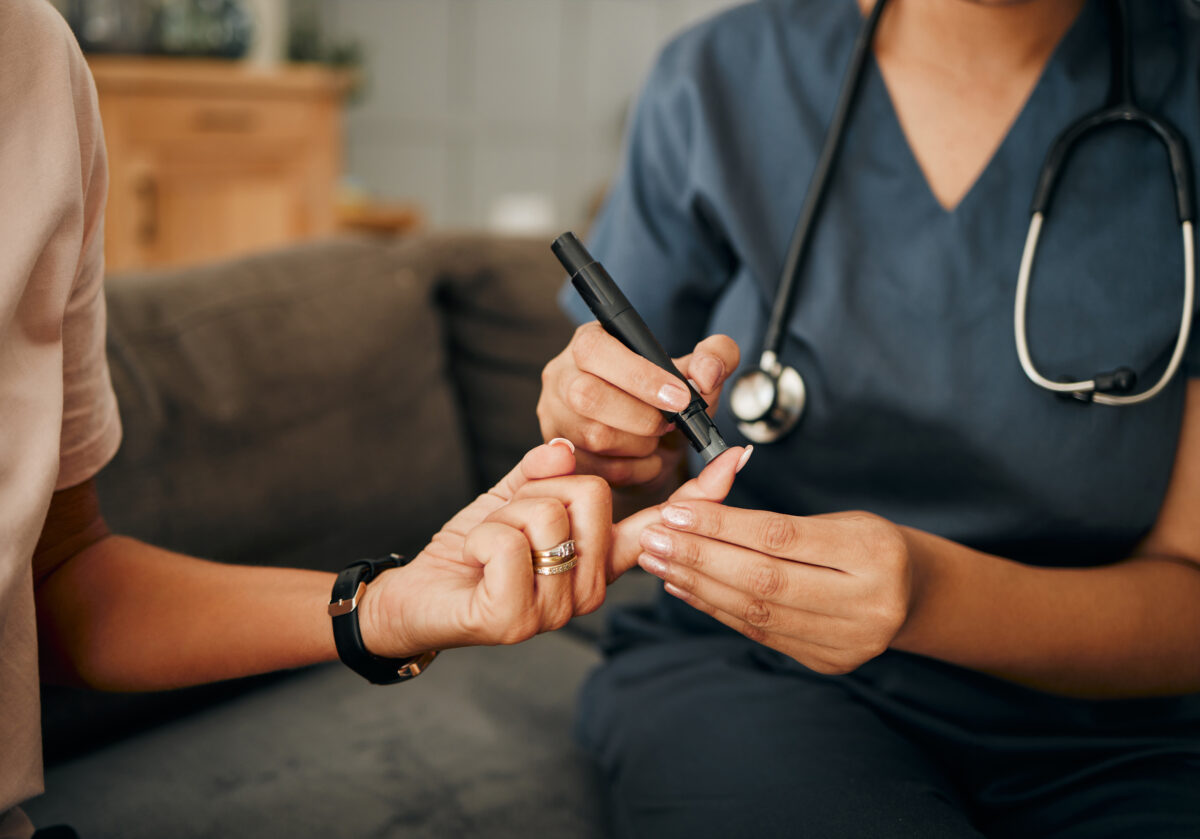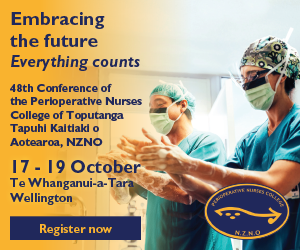Key points
- Work not attributed to nurses in practice records meant nurses’ work was underestimated to an unknown degree.
- Nurses contributed more care to more clinically complex patients.
- Nurses undertook more cardiovascular risk assessment than GPs in all but one model of care, and more cervical screening in Pacific, Māori, and trust/NGO models of care.
- Preventive care by nurses — cervical screening, cardiovascular risk assessment, PHQ9 assessment (for depression), HbA1c testing (for diabetes) — was highest in Māori, trust/NGO and Pacific practices.
- Nurses’ work showed an eight-fold difference, across models of care, in percentage of PHQ9 assessment and a five-fold difference in cervical screening and HbA1c testing.
- Nurse time (FTE) was substantially higher in Māori, Pacific, trust/NGO models of care.
- Nurse consultation rates after hours and with unenrolled patients were highest in Pacific, Māori, and trust/NGO models of care.
Our study of models of care in general practice included 924 practices with 4,491,964 enrolled patients at September 2018. The aim was to determine whether differences in patient health outcomes were associated with different models of practice.
Models of care
We defined seven models of general practice/primary care: traditional, corporate, primary health organisation (PHO)/district health board (DHB), trust/non-governmental organisation (NGO), Māori and Pacific practice, and Health Care Home (HCH). (See definitions at bottom of article.) Most Māori and Pacific practices were owned by a trust or NGO.
Nurses’ work was reported from practice data provided by 13 (of 35) PHOs: 60 per cent of 695 traditional practices, 64 per cent of 103 corporate practices, 67 per cent of 27 PHO/DHB practices, 43 per cent of 99 trust/NGO practices, 38 per cent of 65 Māori practices, 80 per cent of 15 Pacific practices, and 74 per cent of 127 HCH practices.
Invisible nurse work
Nurse work was harder to identify and analyse than GP work. GP templates were consistently coded with the GP’s Medical Council number and names nearly always began with “Dr”. Nurses used generic and named provider templates that mostly did not record profession.
More clinical input
Worse patient health outcomes were associated with higher patient need, and also with higher clinical input but this was insufficient to achieve equity in all outcomes. More nurse, nurse practitioner and GP FTE is required, especially in practices with high volumes of complex patients.
Preventive care
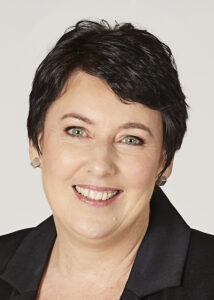
Compared with GPs, nurses undertook more cardiovascular risk assessment in all models of care except PHO/DHB, and more cervical screening in Pacific, trust/NGO and Māori practices. The highest rates of preventative care by nurses — cervical screening, cardiovascular risk assessment, PHQ9 assessment (for depression), and HbA1c testing (for diabetes) — were in Māori, trust/NGO and Pacific practices.
There was an eight-fold difference, across models of care, in percentage of PHQ9 assessment by nurses and a five-fold difference in cervical screening and HbA1c testing. In traditional, HCH and corporate practices, more preventive care could be transferred to nurses, releasing GP FTE for other work.
The highest rates of preventative care by nurses were in Māori, trust/NGO and Pacific practices.
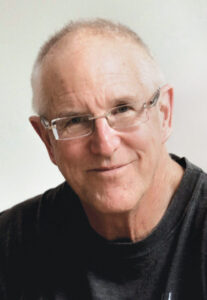
Consultations with patients not enrolled in a practice
Almost twice as many casual or walk-in patients were seen by a nurse or NP than a GP in a Pacific, Māori, or trust/ NGO practice compared with a traditional, corporate or Health Care Home practice.
Approximately 360,000 people (7.3 per cent of the population) were not enrolled in a practice. They were less likely to have acute hospitalisations than those enrolled, with the exception of children aged one to four and, to a lesser extent, five to nine-year-olds, Māori and Pacific children, and those living in high-deprivation areas.
Consultations after hours
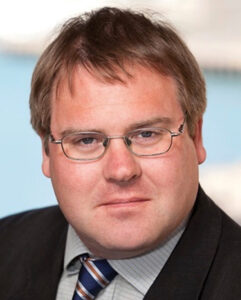
A higher percentage of after-hours consultations were undertaken by nurses or NPs than by GPs in Pacific practices and PHO/DHB practices. In corporate and traditional practices, the highest percentage of after-hours consultations were by GPs.
Nurse, NP and GP time (FTE)
Traditional, corporate and HCH practices had the lowest FTE for nursing workforce (nurse and NP), total workforce (nurse, NP and GP), and the lowest ratio (nurse and NP to GP). Trust/NGO, Māori, Pacific and PHO/DHB practices had the highest nursing workforce, total workforce, and ratio of RN and NP to GP.
Nursing workforce and total workforce were higher in small practices, rural practices, practices with more multimorbidity, more Māori patients and more patients living in high-deprivation areas. The highest ratio of RNs and NPs to GPs was in small practices. NPs had a greater presence in small practices, rural practices, very low cost access (VLCA) practices, and practices with more multimorbidity.
Background information on model of care research
The study entitled “Evidence to guide investment in a model of primary care for all” involved senior academics from five universities – Massey, Auckland, Otago, Cambridge (UK) and the Karolinska Institute (Sweden) – together with Sapere Research Group, DataCraft Analytics, and experts from general practice, nursing, public health, health policy and consumer advocacy. Māori and Pacific academic clinicians on the team held central roles in project governance.
The practice types studied were defined as follows:
- Corporate practice: A group of practices owned and run as a business entity, including practices that deliver high volumes of care, with low costs for patients and often without the need for an appointment. Corporate practices have a relatively high degree of standardisation in business and clinical processes across different sites. Most corporate practices had been traditional practices before being bought by a corporate entity.
- Health Care Home (HCH): As defined by the HCH Collaborative, HCHs emphasised ready access to urgent and unplanned care; proactive care for those with more complex need; better routine and preventative care; and improved business efficiency and sustainability. Most had been traditional practices before embarking on the HCH programme.
- Traditional general practice: Such practices typically centred on the general practitioner, with nursing support. They could span the range from very small to very large organisations, and could serve high need or low need populations. Traditional general practice was not typically part of a formally standardised approach to organising care, with the individual practice having a high degree
of autonomy over service delivery. - Māori practices: Practices owned and governed by Māori entities. They were identified through lists from the Ministry of Health and district health boards (DHBs) together with web searches, direct contact with practices and advice from our Māori investigators.
- Pacific practices: Practices owned and governed by Pacific entities. They were identified through lists from the Ministry of Health and DHBs together with web searches, direct contact with practices and advice from our Pacific investigators.
Nicolette Sheridan, project lead, is professor and head of the School of Nursing at Massey University.
Tim Kenealy, project co-lead and specialist GP, has an honorary appointment in the Department of General Practice and Primary Health Care at the University of Auckland.
Tom Love, project co-lead, is a director of Sapere Research Group, an international research organisation.
For earlier articles in this series, see Patient need the crucial factor and Who are our practices serving? The ‘need profile’ of enrolled patients varies dramatically. Māori patients/populations and Māori practices will be the subject of the next article.
This article has been reproduced with permission from New Zealand Doctor Rata Aotearoa.
Interested in free primary care data? Explore the EPiC dashboard.


